The propulsion system of an underwater scooter is powered by a brushless DC motor (BLDC).
This motor drives a rear propeller that pushes water backward, generating forward thrust ( following Newton’s third law ) .
These motors are quiet, energy-efficient, and corrosion-resistant—ideal for long-term underwater use .
Propellers are often enclosed with ducted housings and guiding fins to improve directional flow and thrust efficiency.
Most scooters run on lithium-ion batteries, providing about 60–90 minutes of runtime .
Premium models also feature multi-speed controls and buoyancy compensation to adjust to underwater loads like dive gear.
Motor Types: Brushless vs. Brushed
Modern underwater scooters primarily use brushless DC motors (BLDC).
These motors are more efficient, quieter, and have a longer lifespan since they eliminate mechanical brushes .
Some budget or older models may use brushed DC motors, but they tend to overheat and wear out faster.
A few high-end models (like jet-pump propulsion units) use an internal impeller system that offers greater thrust and better clog resistance.
For instance, the Sublue Vapor uses a 6-blade impeller and 12 guide vanes for high-performance thrust .
Overall, BLDC motors dominate because of their superior thrust-to-weight ratio and energy efficiency .
Recommended: Top 6 Best Underwater Scooters Under $600
Performance Comparison: Asiwo vs Other Brands
Here’s a breakdown of major underwater scooter brands and their motor specs:
Asiwo
-
Asiwo U1 is a dual-use design for both surfing and diving, with a 1100W brushless motor. It features 3 speeds: approx. 6kgf (low), 12kgf (medium), and 17kgf (high); top speed reaches about 10 ft/s (≈3.05 m/s), with around 60 minutes of runtime .
-
Asiwo Manta is a compact diver unit powered by a 126Wh battery, with 3 speeds (2 ft/s, 3.3 ft/s, 5 ft/s); single-battery runtime is about 35 minutes .
-
Asiwo Mako is a smaller scooter with a 36V 300W brushless motor, top speed of 5 ft/s, and a 36V 2.5Ah (90Wh) battery providing up to 60 minutes runtime .
-
Most Asiwo products are lightweight (Mako = 2.6 kg, Manta = 7.7 lbs), great for beginners or casual users .

Yamaha
-
Yamaha 500Li is a flagship model with a 500W BLDC motor, top speed of approx. 4.35 mph (≈7 km/h), and an impressive 90-minute runtime . It can dive to 40 m and includes 3-speed control and auto buoyancy adjustment .
-
Yamaha Seawing II uses twin motors, offering speeds up to 5 mph (≈8 km/h); combined power ≈1000W, with about 40 minutes of runtime .
-
Yamaha RDS300 is more affordable, with top speed ≈ 3 mph, runtime ≈ 90 minutes .
Yamaha units are known for durability. The 500Li is best for long, deep dives; Seawing II is speed-focused with twin-motor setup.
Sublue
-
Sublue MixPro has dual motors with approx. 11kgf (≈110N) thrust, top speed of 1.8 m/s (≈6.5 ft/s), and a 122Wh battery lasting 60 minutes . It weighs just 3.55 kg and can dive 40 m.
-
Sublue Vapor is a high-end pump-jet scooter with 21kgf thrust, max speed of 10 km/h, and a 29.6V 13Ah (384Wh) battery, also with 60 minutes of runtime .
-
Sublue Navbow uses twin motors, delivers 15kgf (≈147N) thrust, top speed 2 m/s, and 60-minute runtime .
Sublue is known for powerful thrust and innovative designs. Vapor is top-tier for strength; MixPro is light and well-balanced.
Comparison Table
| Brand & Model | Motor Type | Max Thrust | Top Speed | Runtime | Efficiency (N/W) |
|---|---|---|---|---|---|
| Asiwo U1 | Brushless DC | 17 kgf (≈167N) | 10 ft/s (≈3.05 m/s) | ≈60 min | ≈0.15 N/W |
| Asiwo Manta | Brushless DC | — (light-duty) | 5 ft/s (≈1.52 m/s) | ≈35 min | — |
| Asiwo Mako | Brushless DC | — | 5 ft/s (≈1.52 m/s) | ≈60 min | — |
| Yamaha 500Li | Brushless DC | ~10 kgf class | 4.35 mph (≈7 km/h) | ≈90 min | ≈0.14 N/W |
| Yamaha Seawing II | Brushless DC | — | 5 mph (≈8 km/h) | ≈40 min | — |
| Sublue MixPro | Brushless DC | 11 kgf (≈110N) | 1.8 m/s (≈6.5 ft/s) | ≈60 min | ≈0.90 N/W |
| Sublue Vapor | Pump Jet BLDC | 21 kgf (≈206N) | 10 km/h | ≈60 min | ≈0.32 N/W |
| Sublue Navbow | Brushless DC | 15 kgf (≈147N) | 2 m/s (≈4.47 mph) | ≈60 min | ≈0.24 N/W |
Note: Thrust is listed in kgf and Newtons. Efficiency = approximate thrust-to-power ratio (N/W) for general comparison.
Conclusion
In summary:
-
BLDC motors are the gold standard for underwater scooters due to efficiency and reliability.
-
Asiwo scooters (like U1, Mako) are great for beginners or families—lightweight, decent thrust, and dual-purpose options .
-
Yamaha 500Li is ideal for long deep dives, thanks to extended battery life .
-
Sublue Vapor excels in speed and thrust, perfect for advanced users seeking performance .
-
Sublue MixPro strikes a great balance between portability and power .
Choose based on your diving depth, budget, and performance needs.
FAQs
Q: What's the best underwater scooter for beginners?
The Asiwo Mako or Manta are excellent choices—affordable, lightweight, and easy to use.
Q: Can I use an Asiwo U1 for both diving and surfing?
Yes, the U1 is a hybrid scooter designed for dual-use with powerful thrust and good top speed.
Q: How long does the Yamaha 500Li battery last?
Up to 90 minutes depending on usage and speed level—great for extended dives.
Q: What's the most powerful scooter in terms of thrust?
Sublue Vapor, with a pump-jet design and 21kgf thrust, is among the strongest.
Q: Is a brushless motor really better than a brushed one?
Absolutely. Brushless motors offer more efficiency, longer lifespan, and quieter operation—ideal for underwater use.
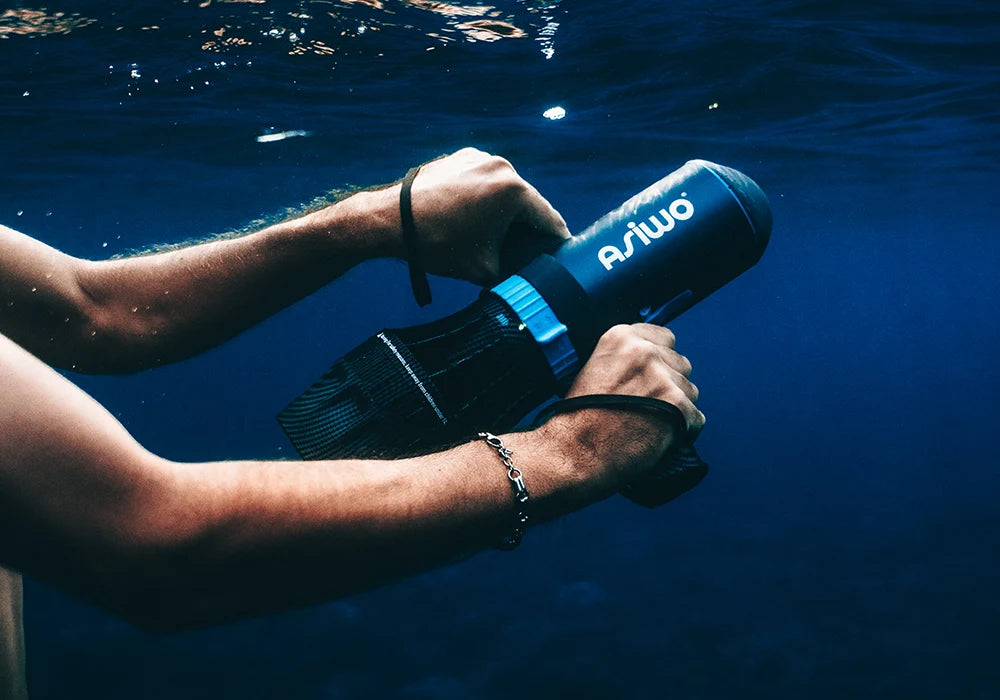




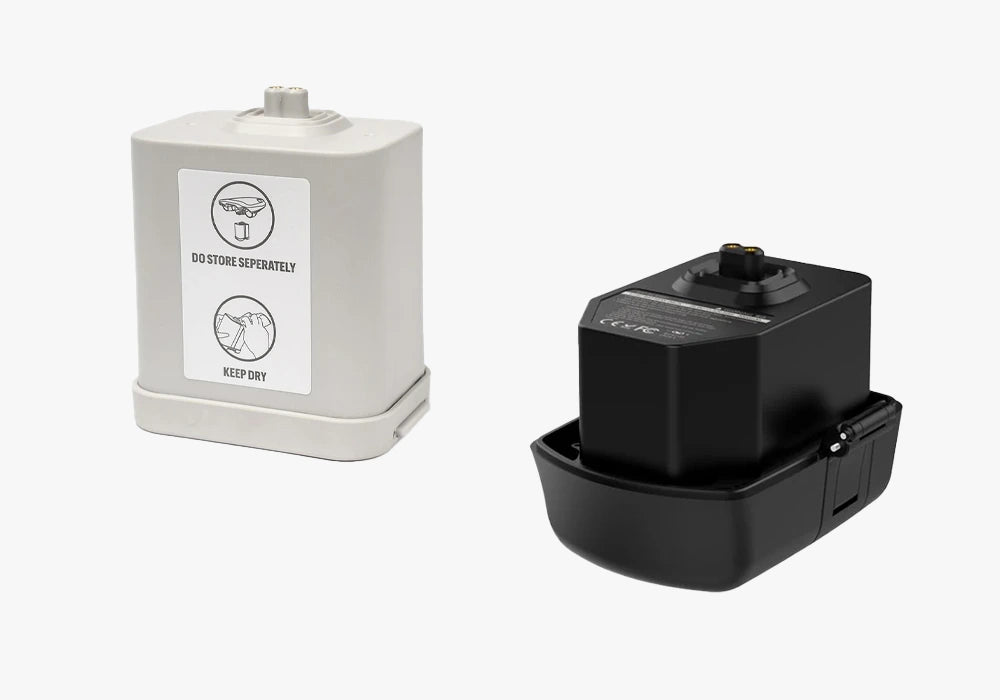




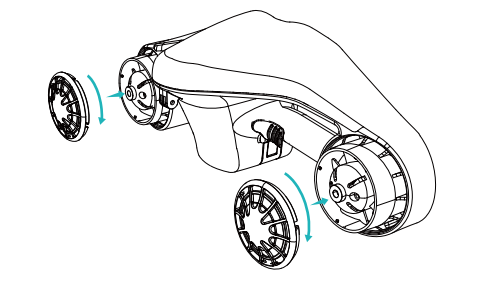
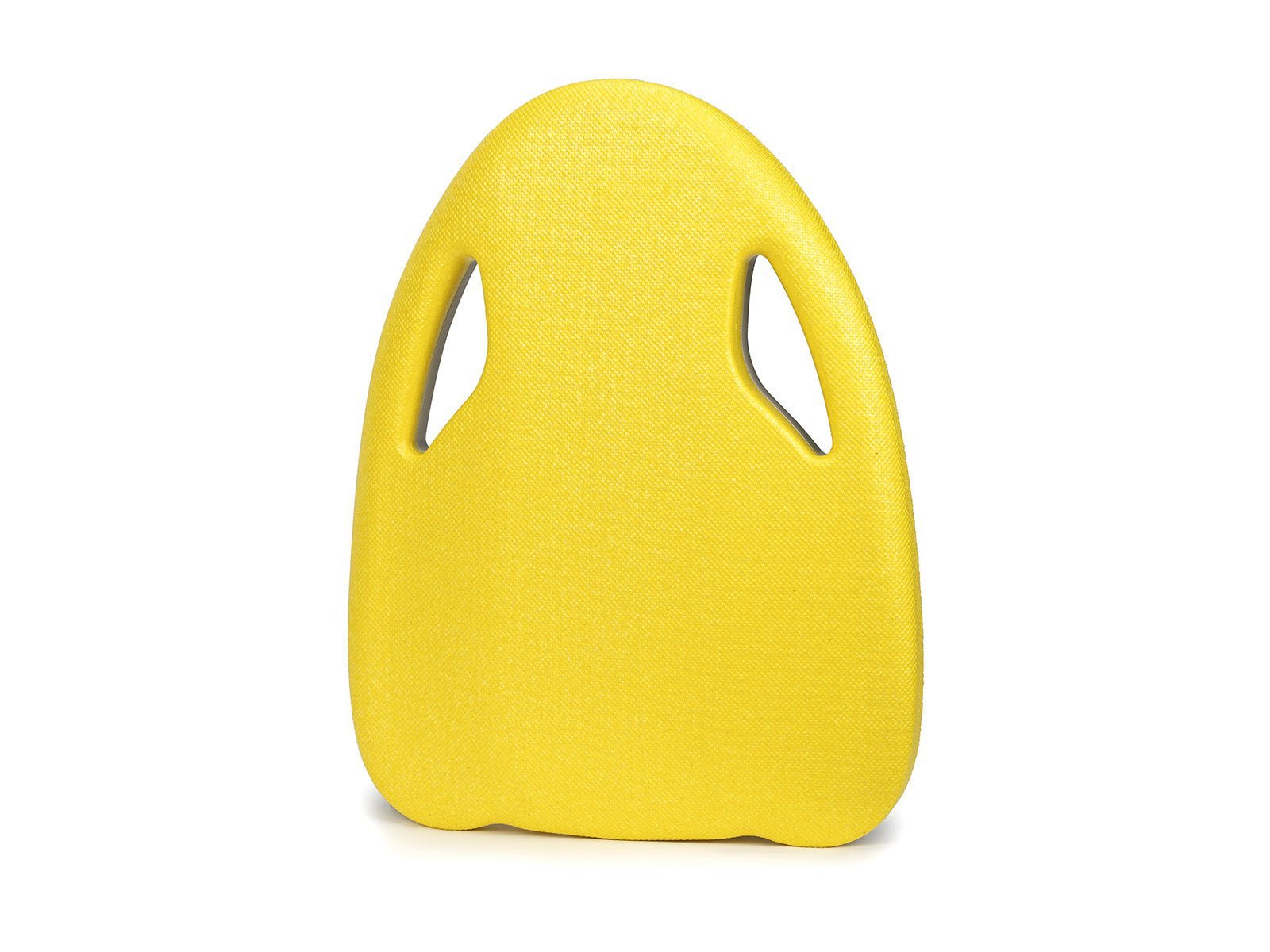
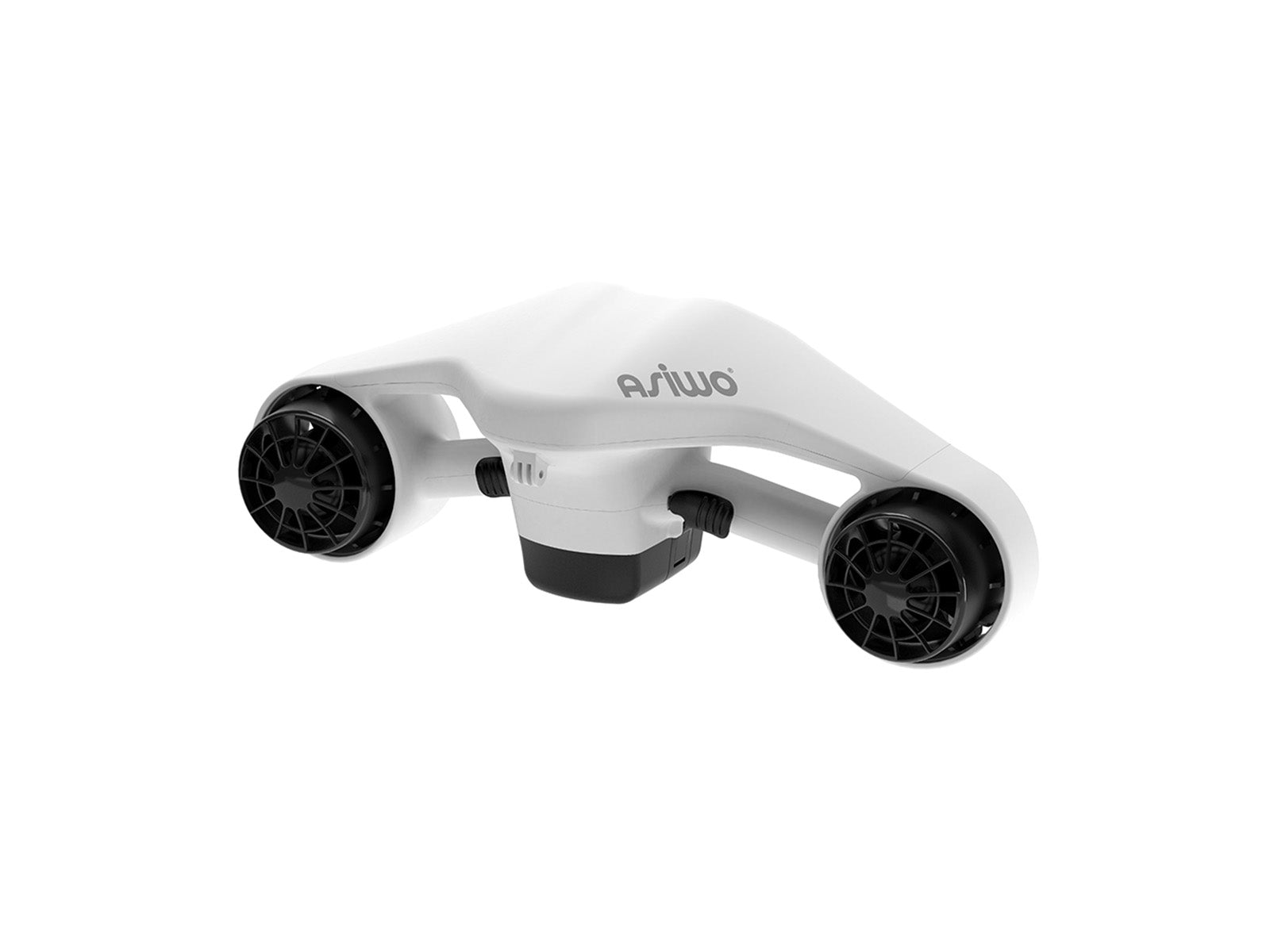
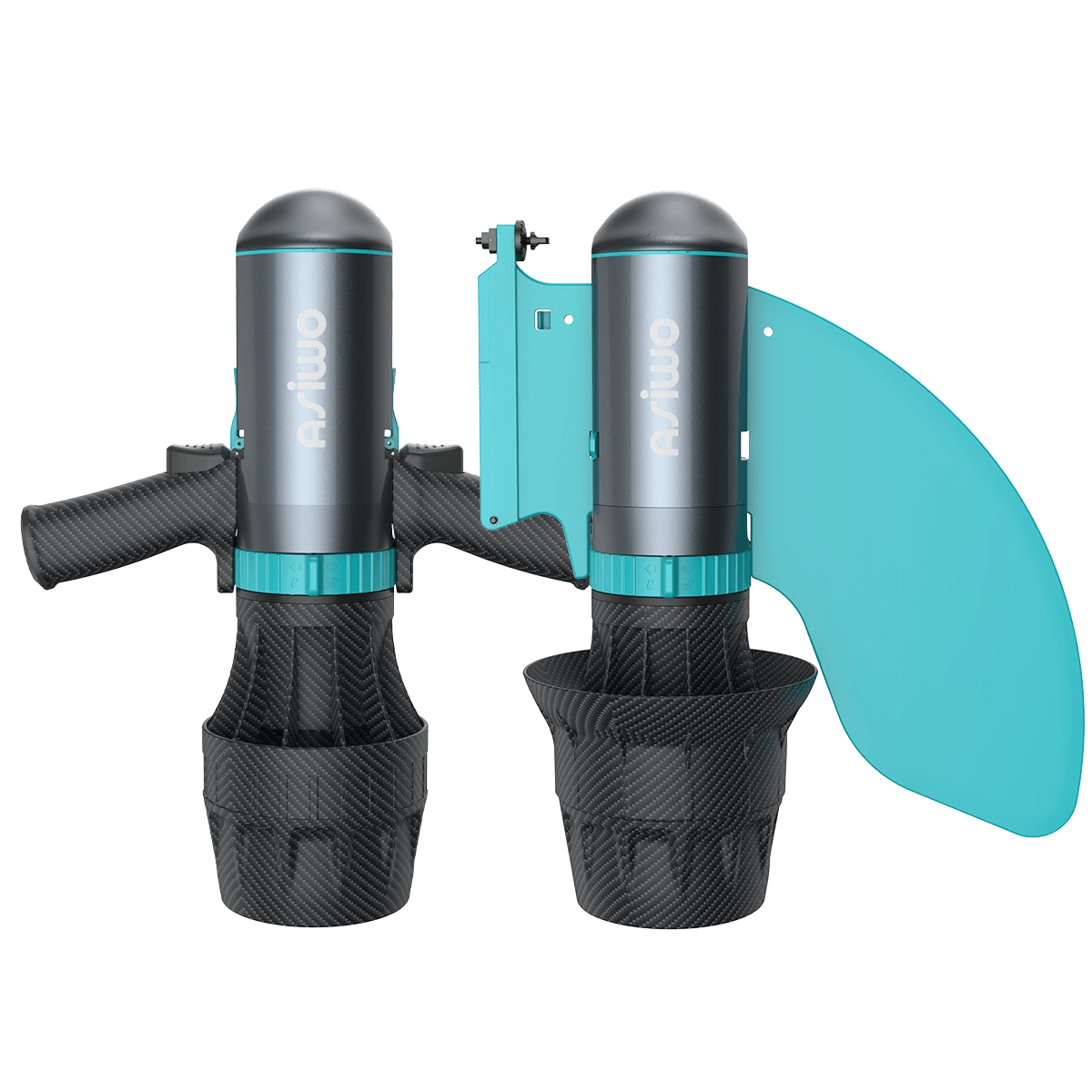




Lascia un commento